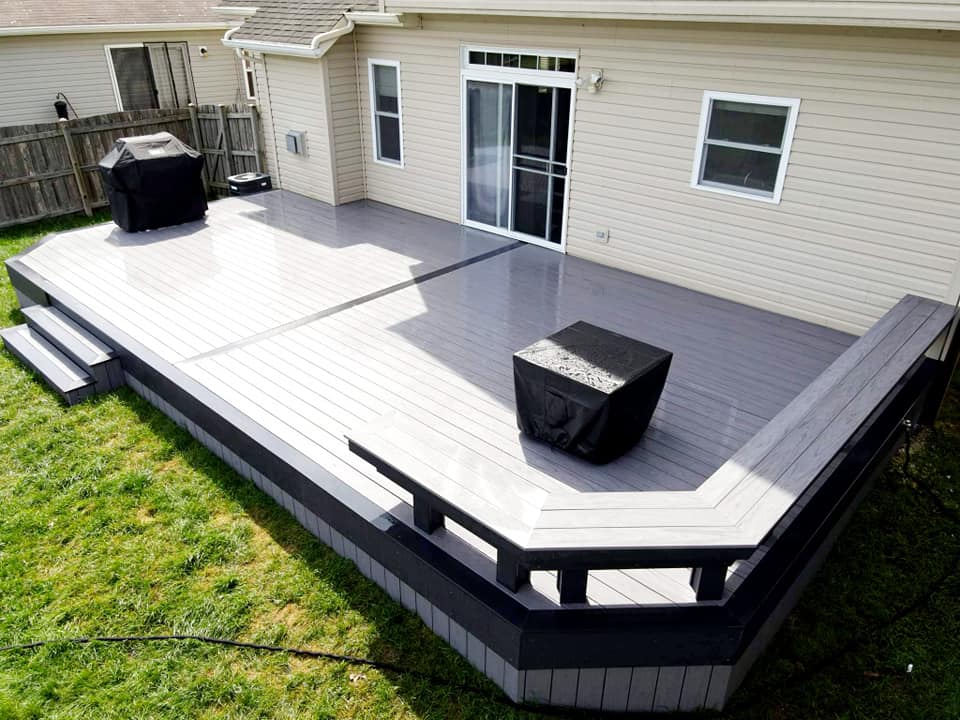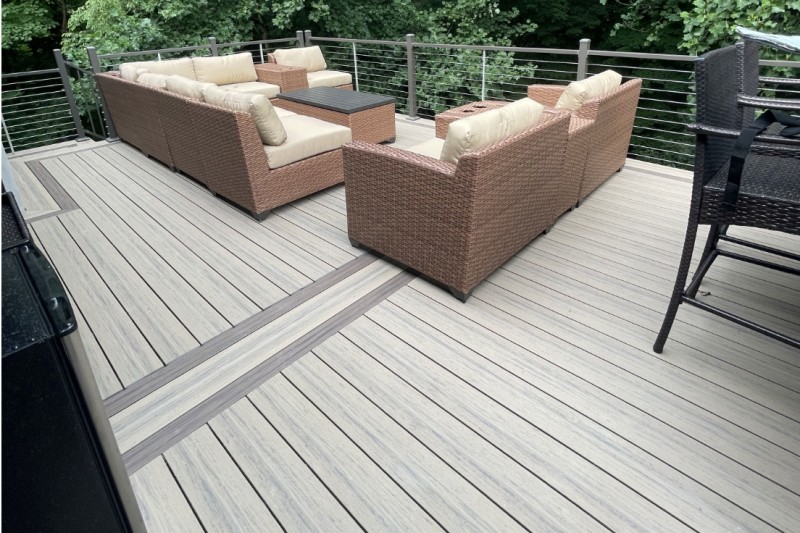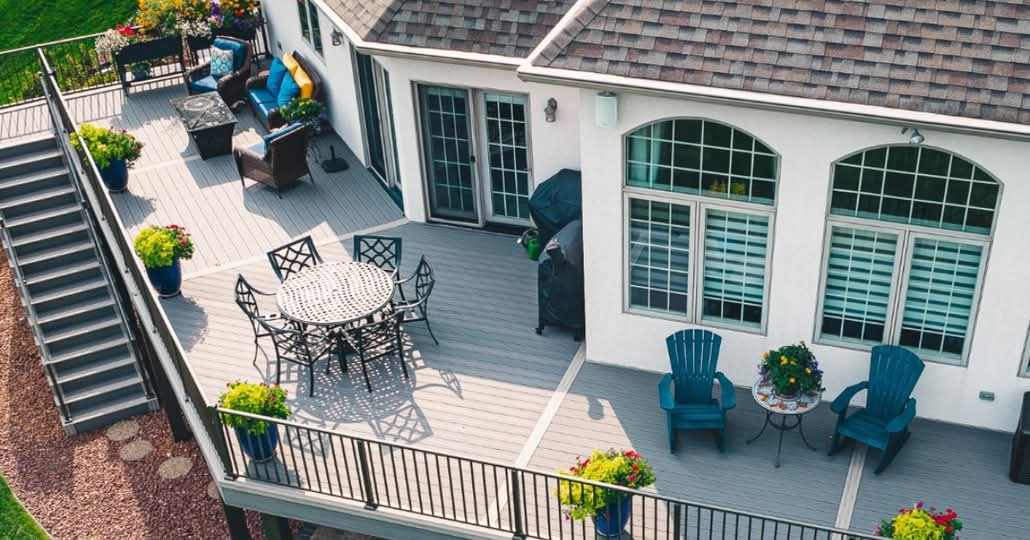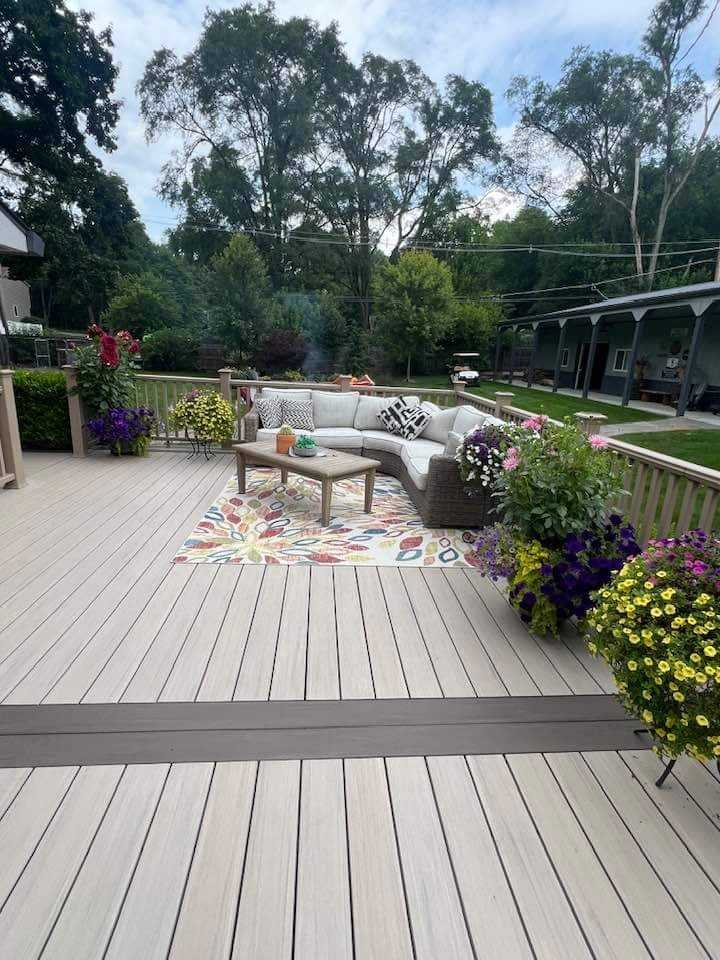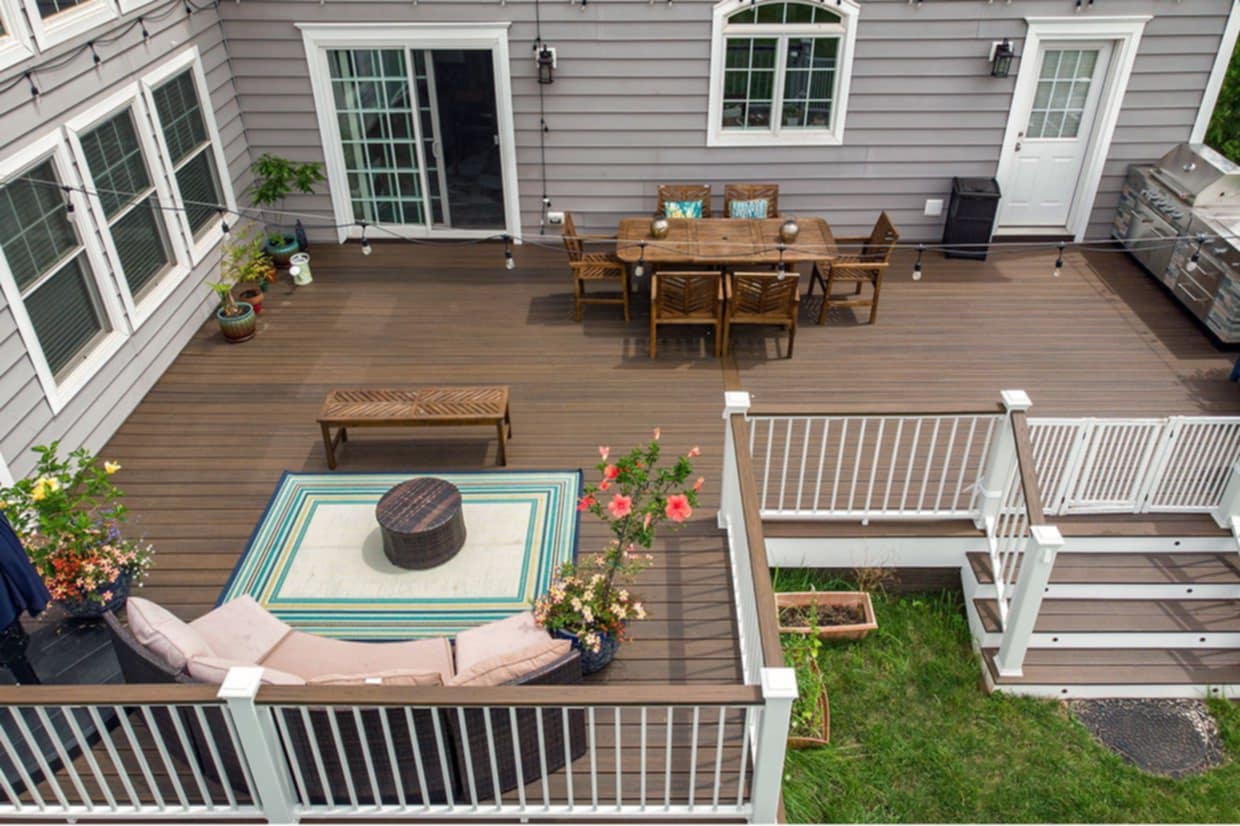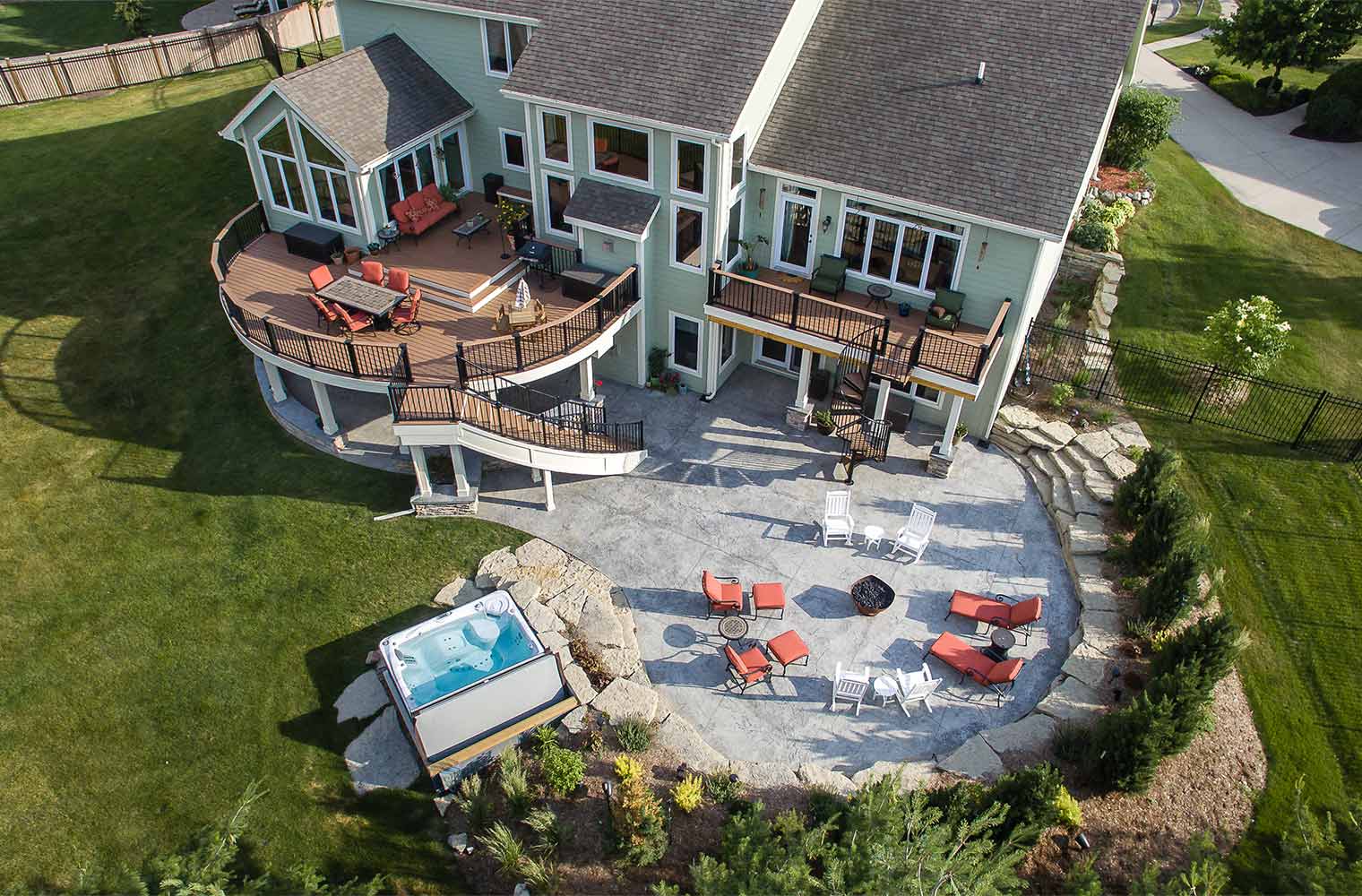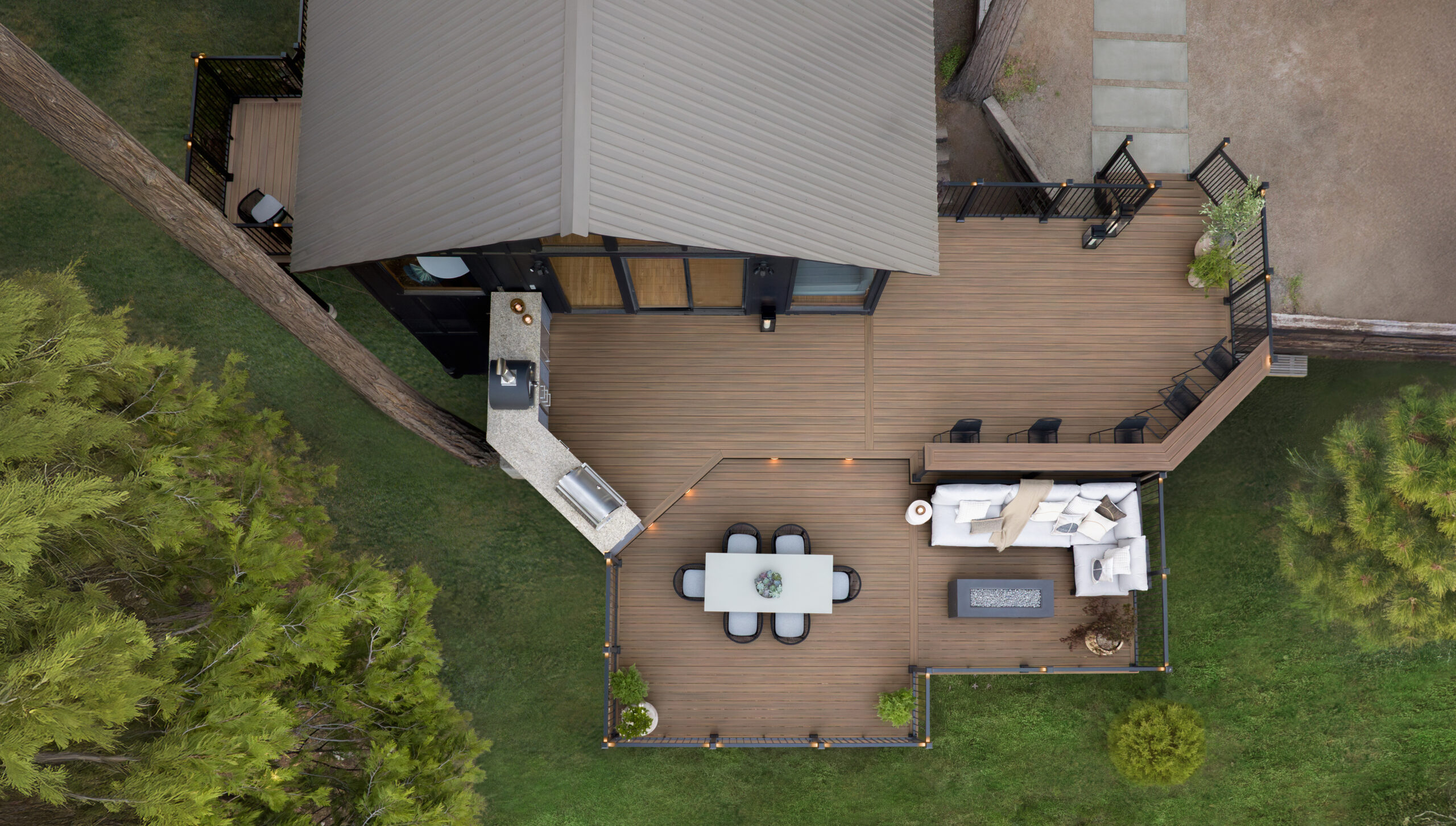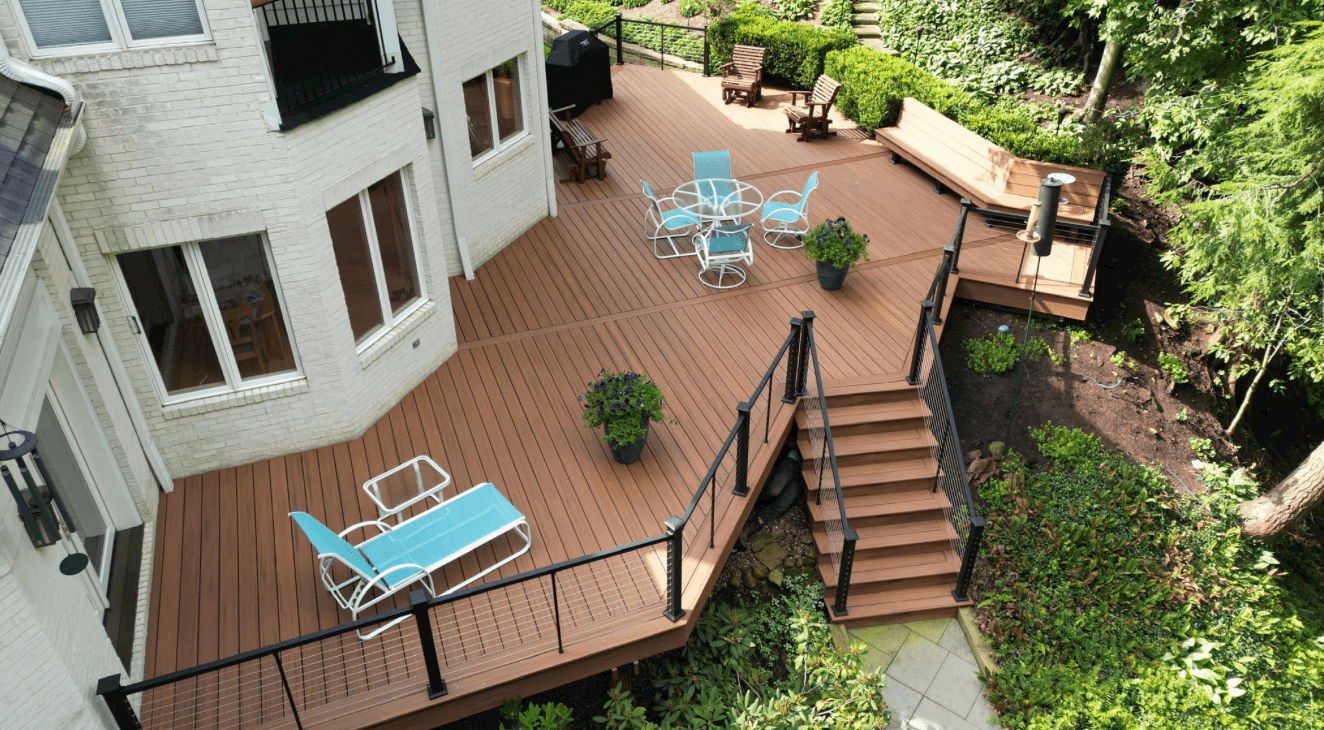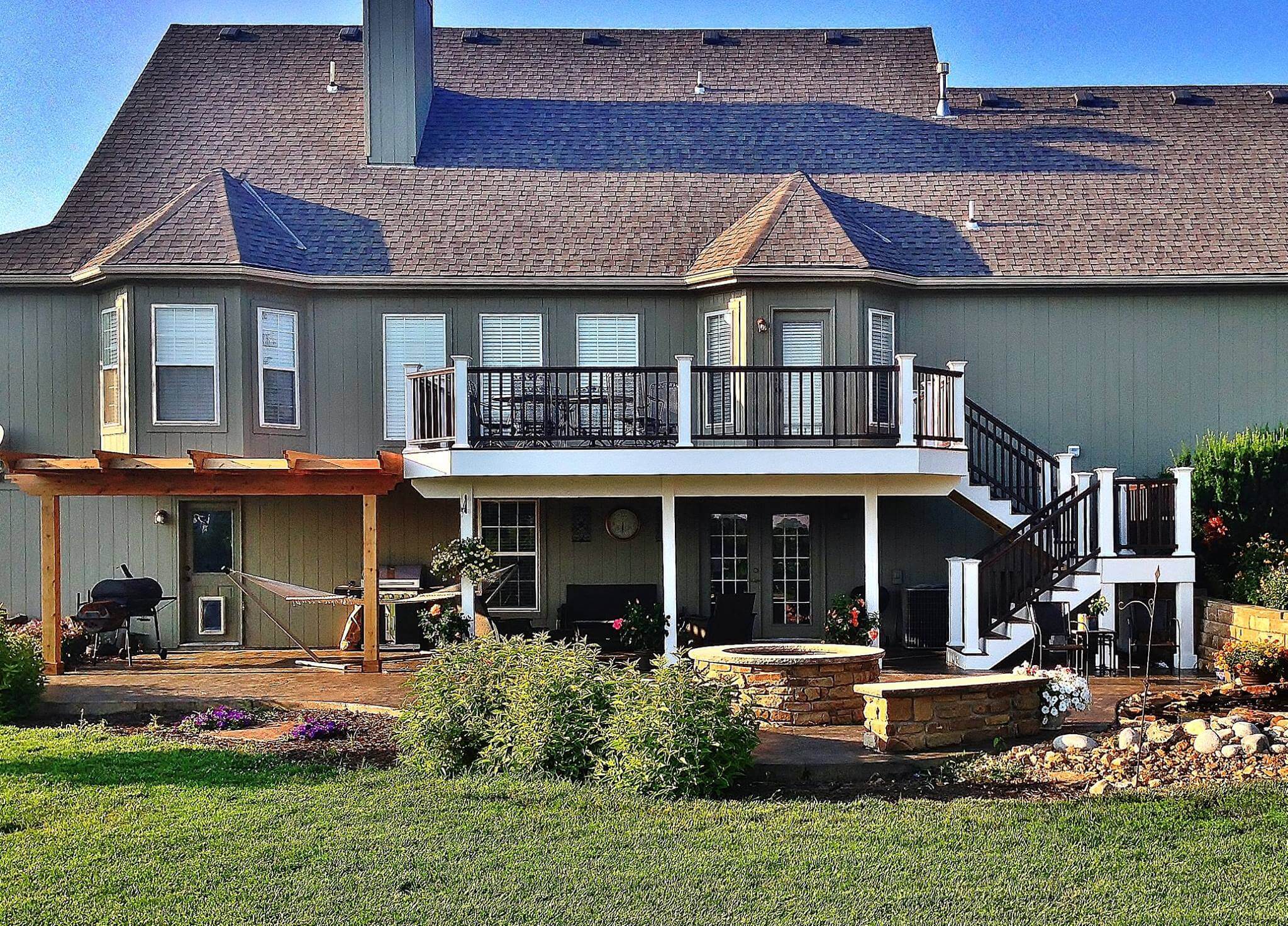Decks serve as valuable extensions of our living spaces, providing a place for relaxation, entertainment, and enjoying the outdoors. However, ensuring the safety of your deck is necessary importance to protecting yourself, your family, and your guests. Regular deck safety checks are essential to identify and address potential hazards before they lead to accidents or damage. In this comprehensive guide, we will outline the key steps involved in conducting thorough deck safety checks, empowering you to maintain a secure outdoor space.
General Inspection
1.1. Structural Integrity:
– Examine the overall structure of the deck, paying attention to signs of sagging, leaning, or shifting.
– Check for any loose, damaged, or deteriorating components, such as railings, stairs, supports, and fasteners.
– Look for any cracks, splits, or rot in wooden elements, as these can compromise the deck’s stability.
1.2. Ledger Connection:
– Inspect the connection between the deck and the house, known as the ledger board.
– Verify that the ledger is properly attached to the house with lag screws or through-bolts and that it is not pulling away.
– Ensure there is a waterproof membrane, such as flashing, installed between the ledger and the house to prevent water damage.
1.3. Railings and Balusters:
– Check the height and integrity of the deck railings, ensuring they meet local building codes.
– Ensure there are no gaps wider than four inches between balusters or other elements to prevent small children or pets from slipping through.
– Test the sturdiness of railings by applying pressure and ensuring they do not wobble or give way.
Deck Surface
2.1. Decking Material:
– Examine the condition of the decking boards, whether they are wood, composite, or another material.
– Look for signs of rot, decay, warping, or splintering, which can compromise the safety and aesthetics of the deck.
– Clear away any debris, such as leaves or dirt, that could make the surface slippery.
– Hosewash or Powerwash with mild soap.
2.2. Nails, Screws, and Fasteners:
– Check for any loose or protruding nails, screws, or other fasteners that could pose a tripping hazard.
– Replace any corroded or rusted fasteners with appropriate corrosion-resistant alternatives.
– Ensure that all fasteners are properly sunk into the decking boards, without any raised heads.
-Install new hardware where any is found missing
Stairs and Steps
3.1. Stair Construction:
– Evaluate the structural integrity of the stairs, ensuring they are solidly attached to the deck and not wobbly.
– Check that the stair treads and risers are consistent in size and height, providing a uniform and safe walking surface.
– Install non-slip tread strips or apply an appropriate anti-slip coating to prevent accidents caused by slippery stairs.
3.2. Handrails and Guardrails:
– Verify that handrails are present on both sides of the stairs and that they are securely attached.
– Inspect guardrails (if applicable) to ensure they are in good condition and meet the required height and spacing regulations.
– Make sure handrails and guardrails are smooth and free of splinters or sharp edges to prevent injuries.
Miscellaneous Safety Considerations:
4.1. Fire Safety:
– Keep flammable materials, such as dry leaves or debris, away from the deck area.
– Place fire extinguishers in easily accessible locations, especially if you have outdoor cooking or heating appliances.
– Keep charcoal grills and any wood burning fireplaces a minimum distance
4.2. Child Safety:
– Install safety gates at the top and bottom of stairs to prevent young children from accessing the deck unsupervised.
– Use childproof locks or latches on doors leading to the deck to ensure young children cannot open them on their own.
4.3. Pest Control:
– Regularly inspect the deck for signs of pest infestation, such as termites or carpenter ants.
– Take appropriate measures to eliminate pests and prevent further damage to the deck’s structure.
Conclusion:
Conducting regular deck safety checks is crucial to maintain a secure outdoor space for you, your family, and your guests. By following these guidelines outlined, you can identify potential hazards and address them promptly, ensuring the long-term integrity and safety of your deck. Remember, safety should always be a priority when it comes to enjoying your outdoor living space and your family. Be sure if you find safety hazards to consult with a professional.
Is It Time To Replace Your Deck?
You owe it to yourself to inquire about composite decking with certified contractors if the time has come to replace your natural wood deck. Compared to a deck made of natural wood, you won’t have to worry about maintaining it nearly as much, and it will last longer. For a variety of reasons, Decked Out Builders only builds composite decks for homeowners. They can easily last 25+ years depending on weather conditions and care procedures and offer a variety of alternatives to match your aesthetic preferences. Please don’t hesitate to get in touch with us today to get started on your project!


